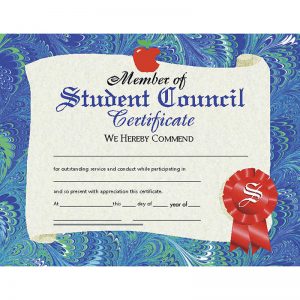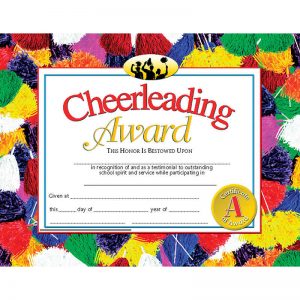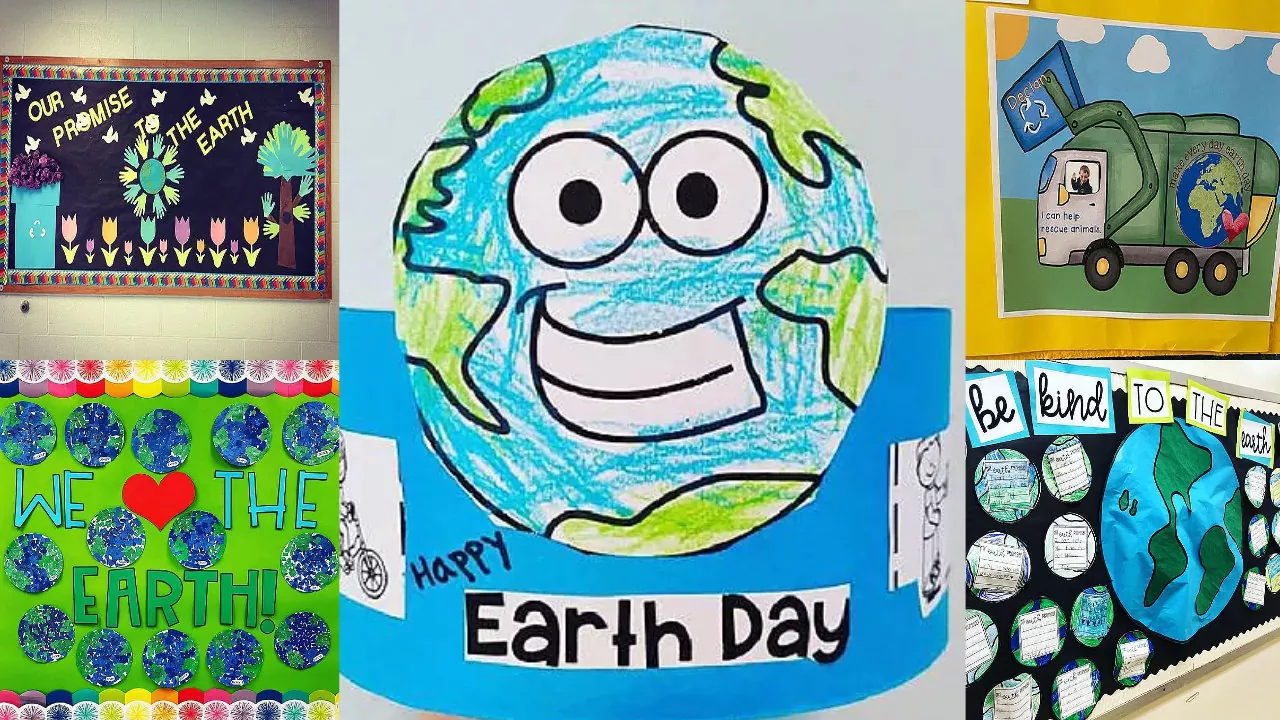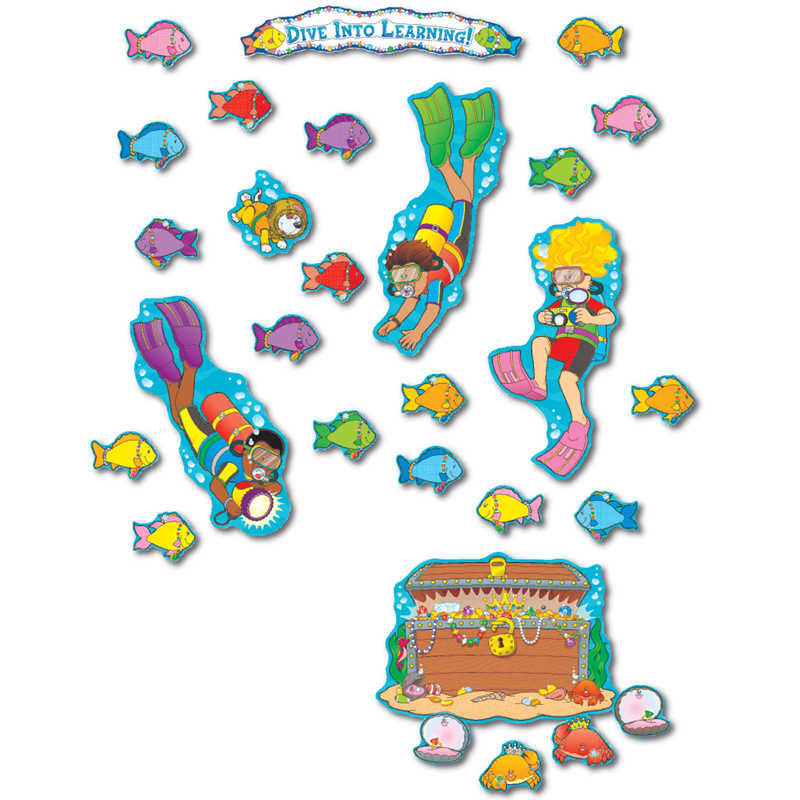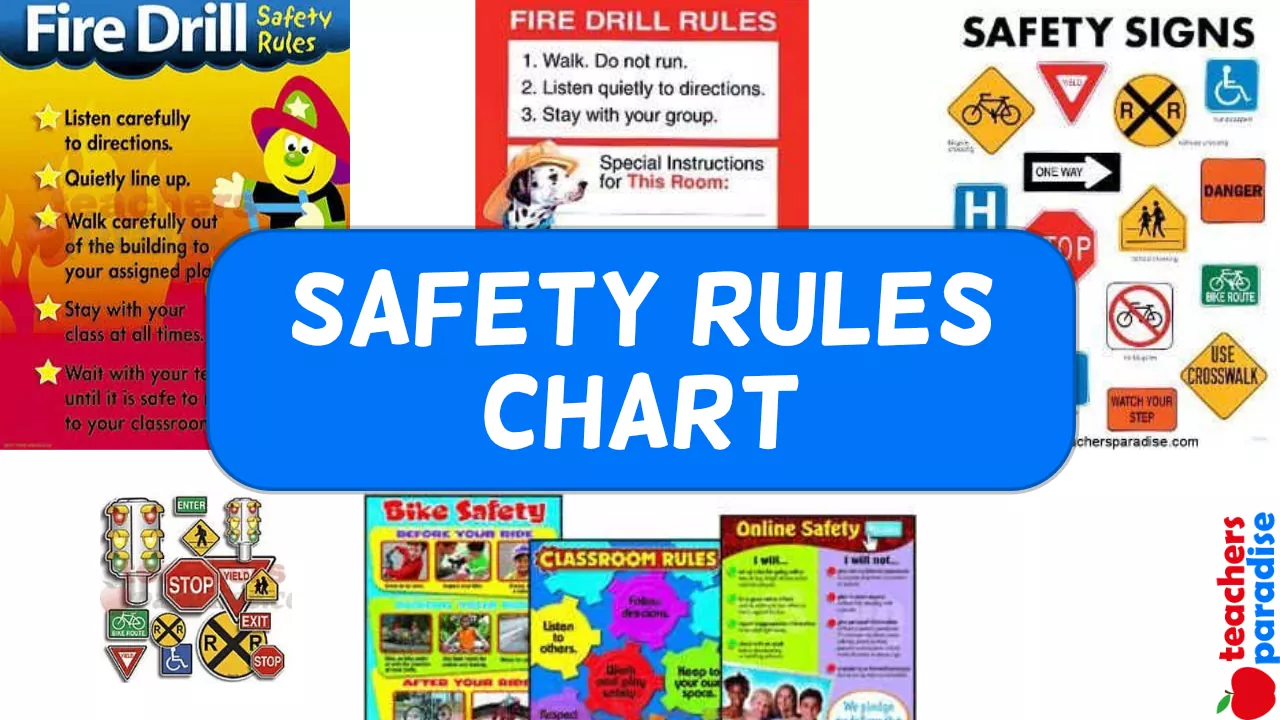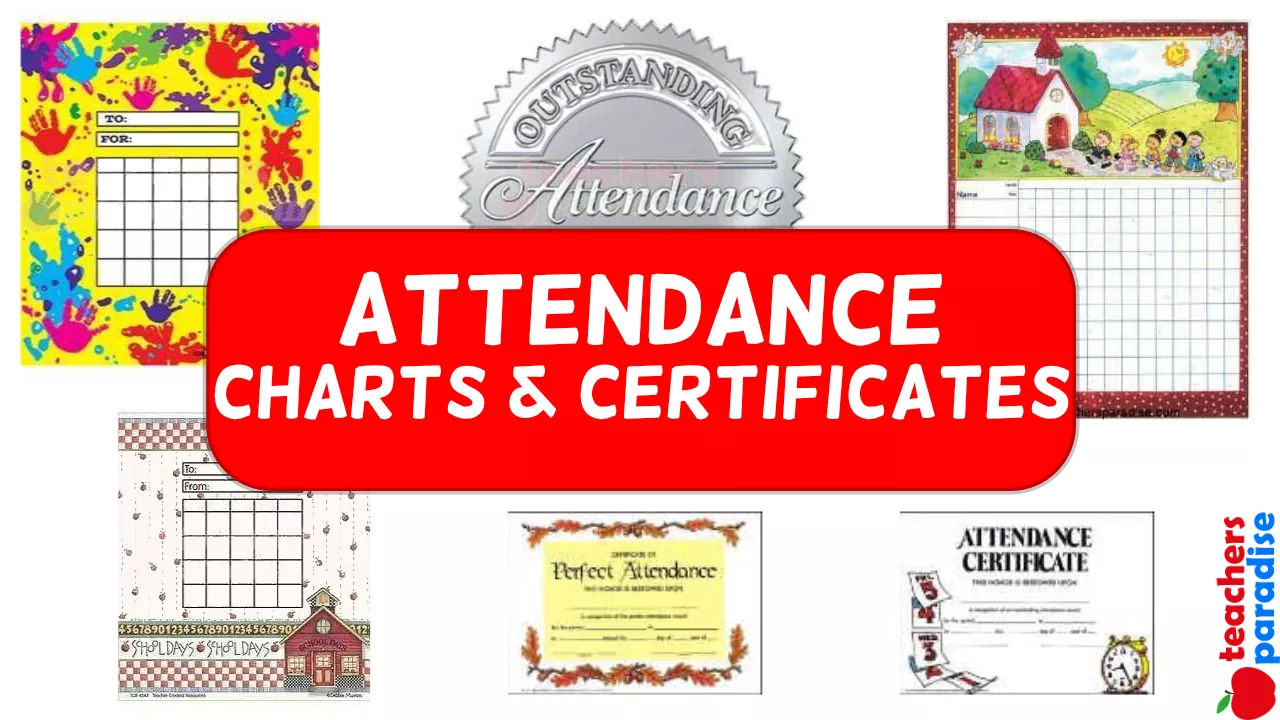Grade 4-8 Our Solar System Activities
To the Teacher – Earth, Our Home Planet
To introduce the unit on Earth, Our Home Planet, it may be helpful to give students the larger picture first. This information can be a bit overwhelming. It is meant to be.
● Do you think Earth is important? It is, to us, but it’s really a very, very small part of the Universe.
● Stars cluster together in groups called galaxies. We are in the galaxy called the Milky Way. If you could travel at the speed of light (186,000 miles per second), it would take 100,000 years to travel across the Milky Way. Each galaxy contains millions of stars.
● Help students try to imagine the enormity of the universe. Ask 10 students to make 100 X’s randomly on individual sheets of paper. Line up the 10 pages for the class to see. Tell students to imagine they are looking at 1,000 stars. To make a million stars, they would need 1,000 sheets with 1,000 stars on each one and that wouldn’t be enough. Each galaxy contains millions of stars.
WORKSHEET & Sample PDF Activity
[adinserter block=”2″]
Sample PDF Activity
[adinserter block=”3″]
● The universe is made up of all the galaxies and the millions of stars in each galaxy. Scientists believe there are billions of galaxies. To make one billion, they would need one million sheets with 1,000 galaxies on each and that still wouldn’t be enough! The universe contains billions of galaxies.
● Our Solar System is in the Milky Way galaxy. Earth is only one of nine planets in the Solar System, and not the largest one, by far. Looking at the Earth from far out in space, it is impossible to make out any details of life that are so important to us. Photos of the Himalayan Mountains taken from a space shuttle make the Earth look as barren and empty of life as the other planets.
Now do you still think Earth is so important when you look at the Big Picture?
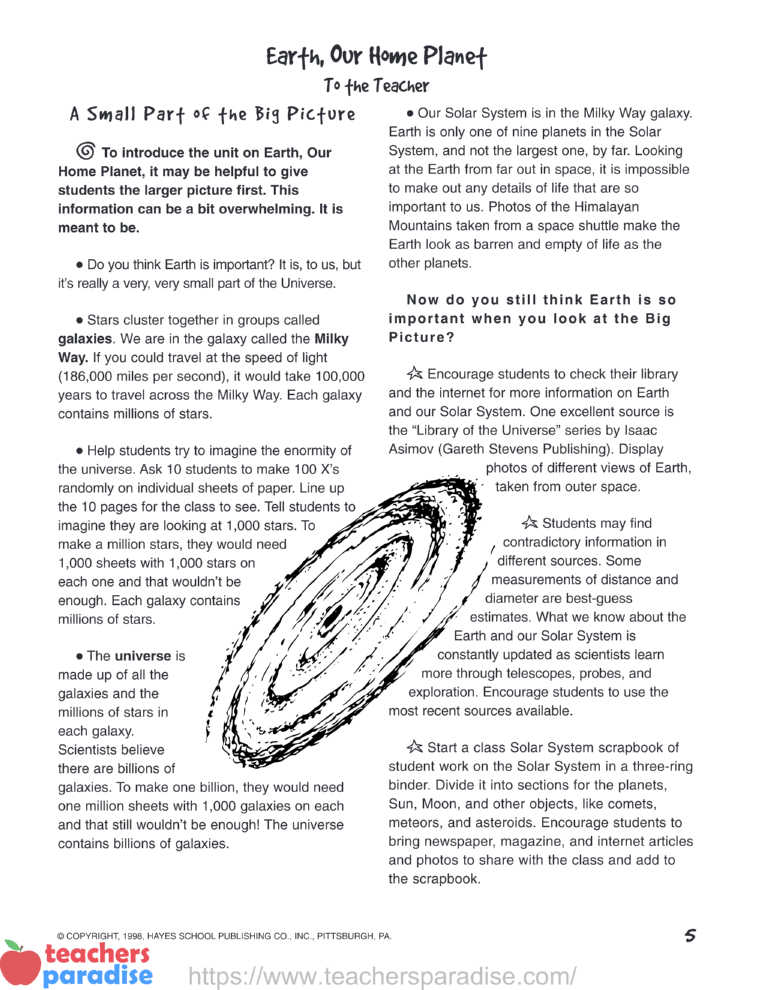
● Encourage students to check their library and the internet for more information on Earth and our Solar System. One excellent source is the “Library of the Universe” series by Isaac Asimov (Gareth Stevens Publishing). Display photos of different views of Earth, taken from outer space.
● Students may find contradictory information in different sources. Some measurements of distance and diameter are best-guess estimates. What we know about the Earth and our Solar System is constantly updated as scientists learn more through telescopes, probes, and exploration. Encourage students to use the most recent sources available.
● Start a class Solar System scrapbook of student work on the Solar System in a three-ring binder. Divide it into sections for the planets, Sun, Moon, and other objects, like comets, meteors, and asteroids. Encourage students to bring newspaper, magazine, and internet articles and photos to share with the class and add to the scrapbook.
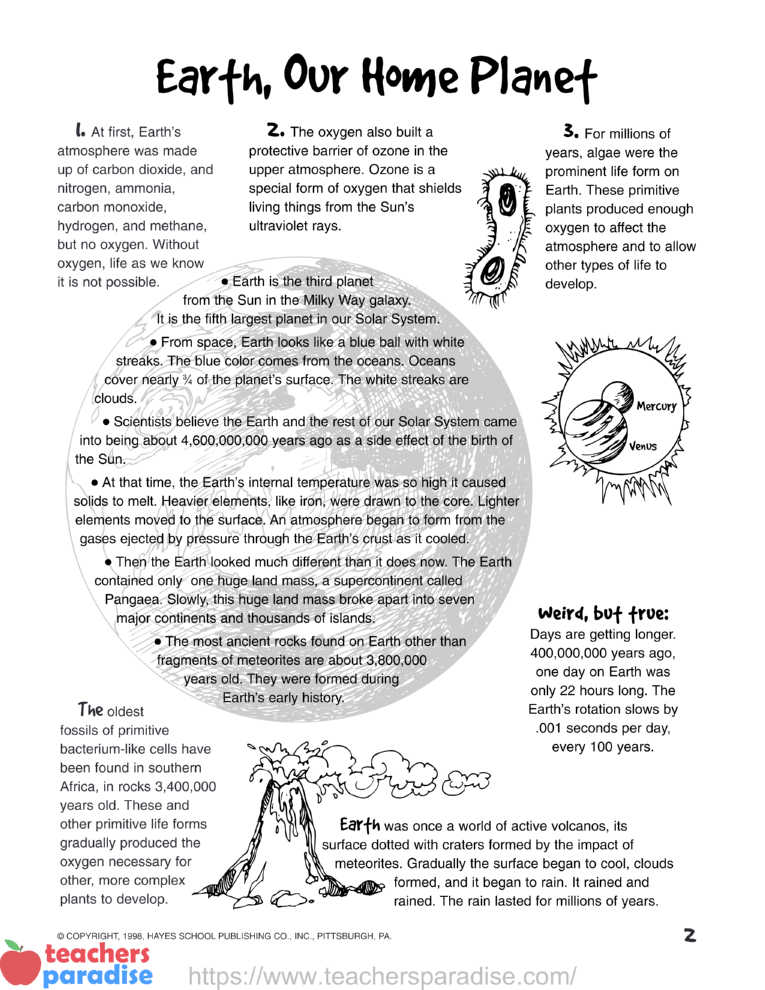
Earth, Our Home Planet
- At first, Earth’s atmosphere was made up of carbon dioxide, and nitrogen, ammonia, carbon monoxide, hydrogen, and methane, but no oxygen. Without oxygen, life as we know it is not possible.
- The oxygen also built a protective barrier of ozone in the upper atmosphere. Ozone is a special form of oxygen that shields living things from the Sun’s ultraviolet rays.
- For millions of years, algae were the prominent life form on Earth. These primitive plants produced enough oxygen to affect the atmosphere and to allow other types of life to develop.
● Earth is the third planet from the Sun in the Milky Way galaxy. It is the fifth largest planet in our Solar System.
● From space, Earth looks like a blue ball with white streaks. The blue color comes from the oceans. Oceans cover nearly 3/4 of the planet’s surface. The white streaks are clouds.
● Scientists believe the Earth and the rest of our Solar System came into being about 4,600,000,000 years ago as a side effect of the birth of the Sun.
● At that time, the Earth’s internal temperature was so high it caused solids to melt. Heavier elements, like iron, were drawn to the core. Lighter elements moved to the surface. An atmosphere began to form from the gases ejected by pressure through the Earth’s crust as it cooled.
● Then the Earth looked much different than it does now. The Earth contained only one huge land mass, a supercontinent called Pangaea. Slowly, this huge land mass broke apart into seven major continents and thousands of islands.
● The most ancient rocks found on Earth other than fragments of meteorites are about 3,800,000 years old. They were formed during Earth’s early history.
Weird, but true: Days are getting longer. 400,000,000 years ago, one day on Earth was only 22 hours long. The Earth’s rotation slows by .001 seconds per day, every 100 years.
The oldest fossils of primitive bacterium-like cells have been found in southern Africa, in rocks 3,400,000 years old. These and other primitive life forms gradually produced the oxygen necessary for other, more complex plants to develop.
Earth was once a world of active volcanos, its surface dotted with craters formed by the impact of meteorites. Gradually the surface began to cool, clouds formed, and it began to rain. It rained and rained. The rain lasted for millions of years.
Earth, Our Home Planet Worksheet
Earth is the only planet in our Solar System that we know has life. If it were closer to the Sun, it would be too hot for life. If it were farther from the Sun, it would be too cold to support life.
- Write two facts you learned about the Earth: _______________________________.
- Name two ways the Earth was different, millions of years ago. ________________ .
- There are nine known planets in our Solar System. Earth is the fifth largest. That means it is ________ the smallest
- The temperature on Earth varies from over 100°F in desert areas to way below zero at the North and South Poles. Make a guess of what you think the average temperature of Earth might be. _______________________________.
Earth is the only planet in our Solar System that we know has life. If it were closer to the Sun, it would be too hot for life. If it were farther from the Sun, it would be too cold to support life.
● Distance in space is measured in light years. One light year is the distance a beam of light travels in one year. Light travels 186,000 miles per second.
● It takes a beam of light 1.25 seconds to travel from the Moon to Earth. We say the Moon is 1.25 light seconds away from Earth.
● If a star is 100 light years away, what we see now is how that star looked 100 years ago.
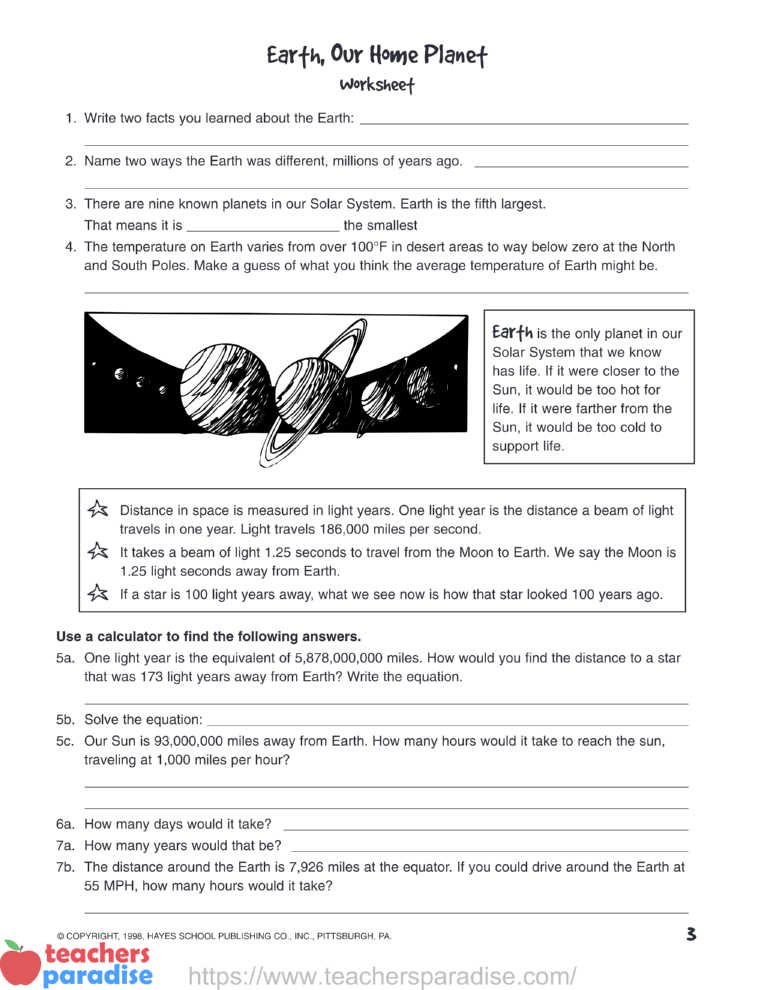
Use a calculator to find the following answers.
5a. One light year is the equivalent of 5,878,000,000 miles. How would you find the distance to a star that was 173 light years away from Earth? Write the equation.___________________________________________________________________
5b. Solve the equation: ___________________________________________________.
5c. Our Sun is 93,000,000 miles away from Earth. How many hours would it take to reach the sun, traveling at 1,000 miles per hour? ___________________________________________________________________.
6a. How many days would it take? _________________________________________.
7a. How many years would that be? ________________________________________.
7b. The distance around the Earth is 7,926 miles at the equator. If you could drive around the Earth at
55 MPH, how many hours would it take?
___________________________________________________________________.
Answer Key
Unit 1: Earth, Our Home Planet
Page 3. Worksheet
1 – 2. Answers will vary. Accept any answers that match
the facts students learned. 3. fifth 4. 59o. Since student are
asked to guess, do not take off for a wrong answer. 5a.
5,878,000,000 x 173 5b. 1,016,894,000,000 miles 6a.
93,000 hours 6b. 3,875 days 6c. 10.62 years 7a. 144.11
hours 7b. 5.88 days
Page 4. Think It Through 1. Answers may vary.
Table of Contents
Unit 1: Earth, Our Home Planet
To the Teacher – 1
Information Page – 2
Worksheet – 3
Think it Through – 4
Activity – 5
Review What You Learned – 6
Unit 2: The Inner Planets
To the Teacher – 7
Information Page – 8
Worksheet – 9
Think it Through – 10
Activity – 11
Review What You Learned – 12
Unit 3: The Outer Planets
To the Teacher – 13
Information Page – 14
Worksheet – 15
Think it Through – 16
Activity – 17
Review What You Learned – 18
Unit 4: Orbits, Revolution, and Gravity
To the Teacher – 19
Information Page – 20
Worksheet – 21
Think it Through – 22
Activity – 23
Review What You Learned – 24
Unit 5: Comparing the Planets in Our Solar System
To the Teacher – 25
Information Page – 26
Worksheet – 27
Think it Through – 28
Activity – 29
Review What You Learned – 30
Unit 6: Our Sun
To the Teacher – 31
Information Page – 32
Worksheet – 33
Think it Through – 34
Activity – 35
Review What You Learned – 36
Unit 7: Earth’s Moon
To the Teacher – 37
Information Page – 38
Worksheet – 39
Think it Through – 40
Activity – 41
Review What You Learned – 42
Unit 8: Comets, Meteors, and Asteroids
To the Teacher – 43
Information Page – 44
Worksheet – 45
Think it Through – 46
Activity – 47
Review What You Learned – 48

